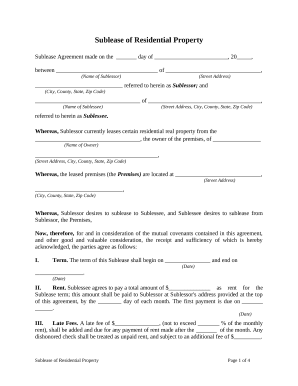

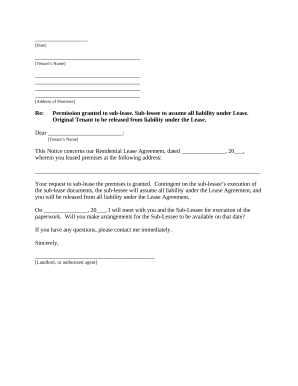


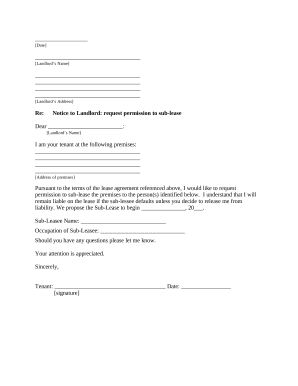
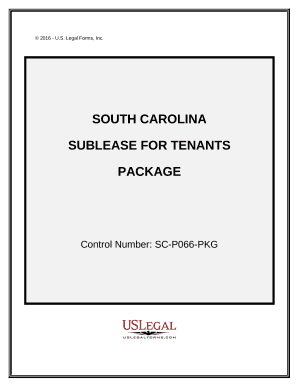



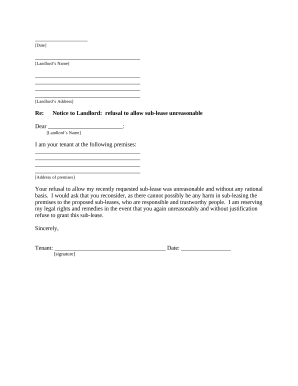
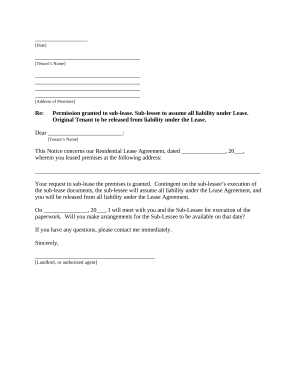
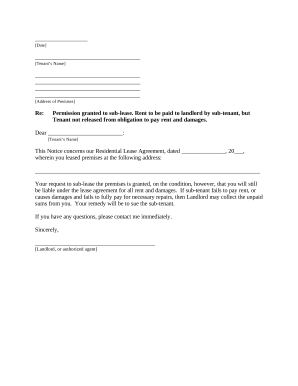
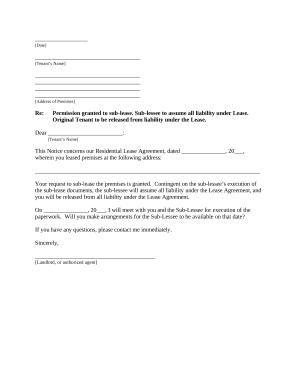
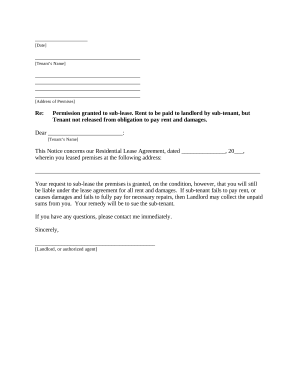
Document management can stress you when you can’t locate all the forms you need. Luckily, with DocHub's considerable form categories, you can discover everything you need and easily handle it without switching among applications. Get our Residential Subleases and begin utilizing them.
The best way to manage our Residential Subleases using these simple steps:
Try out DocHub and browse our Residential Subleases category with ease. Get your free profile today!